Below we have put together a list of 50 of the most ‘out there’ space facts to inspire young minds, and old alike. From the jaw dropping to the awe inspiring, the universe we live in is a magnificent bundle of chaos and majesty. So let’s get started!
50 Incredible Space Facts
1. Space is completely silent.

There is no air or atmosphere in space. Since it is a vacuum, sound waves will have no medium to travel to. That means, no one will hear you scream in space, even if you shout the loudest!
While sound waves (mechanical waves) need a medium to travel, radio waves (electromagnetic waves) can travel in the void of space. Astronauts use radios to stay in communication while in space since radio waves can still be sent and received in a vacuum environment.
2. The hottest planet in our solar system is 450° C.
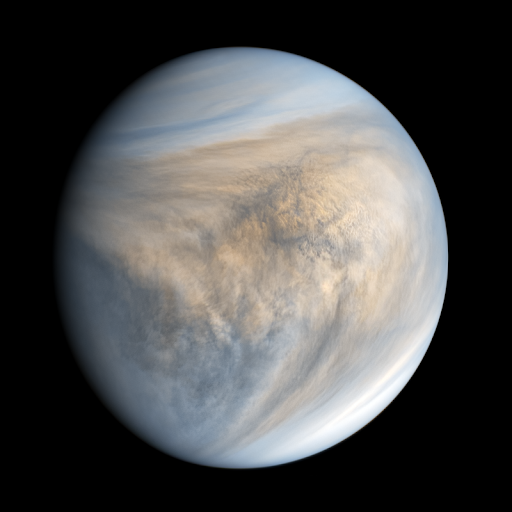
The hottest planet in the solar system is Venus. This scorching planet has an average surface temperature of about 232 °F (450 °C). Interestingly, Venus is not the closest planet to the Sun, Mercury is.
Mercury has no atmosphere to regulate temperature so it has a very large temperature fluctuation. Venus, on the other hand, has the thickest atmosphere among all planets. This atmosphere traps heat, making Venus very hot.
3. There may be life on Mars.

Of all the planets in our solar system (apart from Earth), Mars is the one most likely to be hospitable to life. In 1986, NASA found what they thought may be fossils of microscopic living things in a rock recovered from Mars.
4. Nobody knows how many stars are in space.

The sheer size of space makes it impossible to accurately predict just how many stars we have. Right now, scientists and astronomers use the number of stars only within our galaxy, the Milky Way, to estimate.
That number is between 200-400 billion stars and there are estimated to be billions of galaxies so the stars in space really are completely uncountable.
5. Halleys Comet won’t orbit past Earth again until 2061.

Discovered in 1705 by Edmond Halley, the famous comet was last seen in 1986 and is only seen once every 75 to 76 years.
6. A full NASA space suit costs $12,000,000.

About 70% of the total cost was for the backpack and control module. If we were to convert the total amount to today’s pricing, this would be approximately around $150 million.
Up to now, NASA reuses the spacesuits that were made in 1974. In 2019, the first all-female spacewalk was cancelled because of spacesuit availability.
7. Neutron stars can spin 600 times per second.

Neutron stars are the densest and tiniest stars in the known universe and although they only have a radius of about 10 km (6 mi), they may have a mass of a few times that of the Sun.
They can rotate up to 60 times per second after they are born from a core-collapse supernova star explosion and have been known to spin as fast as 600-712 times per second because of their physics.
8. There may be a planet made out of diamonds.

As space facts go, this is pretty impressive. Research by Yale University scientists suggests that a rocky planet called 55 Cancri e. It is twice the size of Earth and has a mass eight times greater. It may have a surface made up of graphite and diamond. It’s 40 light-years away but visible to the naked eye in the constellation of Cancer.
9. The footprints on the Moon will be there for 100 million years.
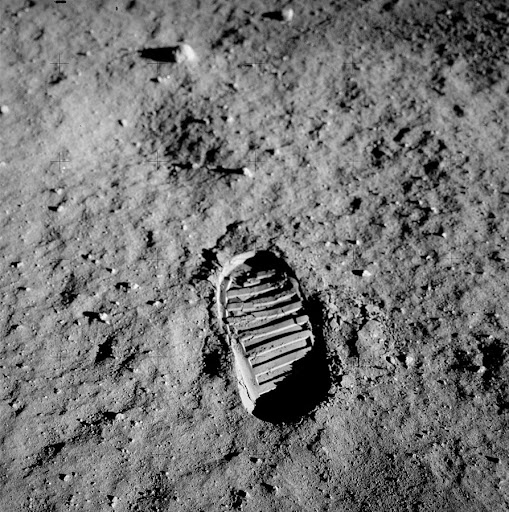
The Moon has no atmosphere, which means there is no wind to erode the surface and no water to wash the footprints away. This means the footprints of the Apollo astronauts, along with spacecraft prints, rover prints, and discarded material, will be there for millions of years.
10. One day on Venus is longer than one year.

Venus has a slow axis rotation which takes 243 Earth days to complete its day. The orbit of Venus around the Sun is 225 Earth days, making a year on Venus 18 days less than a day on Venus.
11. In 3.75 billion years the Milky Way and Andromeda galaxies will collide.

The Andromeda Galaxy is approaching the Milky Way–where our solar system is–at a rate of around 110 kilometers per second (68 mi/s) and eventually the two will collide to form a giant elliptical galaxy.
12. If two pieces of the same type of metal touch in space they will permanently bond.

This incredible fact is also known as “cold welding” and it happens because the atoms of two pieces of metal have no way of knowing they are separate. This doesn’t happen on Earth because of the air and water found between the pieces.
13. There is floating water in space.

Astronomers have found a massive water vapor cloud that holds 140 trillion times the mass of water in the Earth’s oceans somewhere around 10 billion light-years away, making it the largest discovery of water ever found.
14. The largest known asteroid is 965 km (600 mi) wide.

Discovered by Italian astronomer Giuseppe Piazzi in 1801, the dwarf planet Ceres was the first, and largest, object to be considered an asteroid. It is located in the Asteroid Belt between the orbits of Mars and Jupiter and accounts for 33% of the entire belt’s mass.
15. The Moon was once a piece of the Earth.

The theory is that when Earth was a relatively young planet, it was struck by a giant object and this collision broke a piece of the Earth away to create the moon. This piece then began to orbit the Earth as a result of its gravitational pull.
16. The Sun’s mass takes up 99.86% of the solar system.

The Sun is made of three-quarters hydrogen and most of its remaining mass is helium. This yellow star is 330,000 times as massive as Earth. It accounts for 99.86% of the mass in our solar system. The gas giant Jupiter accounts for about two-thirds of the remaining mass.
17. There is a volcano on Mars three times the size of Everest.

At 600 km wide and 21 km high, Olympus Mons is a volcano on Mars that may still be active, according to scientists. It is the tallest peak of any planet. However, the Rheasilvia central peak on the asteroid Vesta is taller at 22 km.
18. Mercury and Venus are the only planets with no moons.

The terrestrial planets Mercury and Venus are not able to hold any moons because of their close distance to the Sun. The Sun’s gravity is much stronger and it will pull any natural satellite orbiting these nearby planets.
19, Saturn has 82 known moons and counting.

Saturn has the most number of moons known in the solar system. Its biggest moon, Titan, is bigger than Mercury. The ringed planet also has some smaller moons called “shepherd moons” that help keep Saturn’s rings in shape.
20. The gas giant Jupiter is a failed star.

Jupiter, the largest planet in the solar system, is composed of hydrogen and helium. These are the same elements that our Sun is made up of. However, Jupiter is not large enough to start nuclear fusion and generate its own energy. If it were around 80 times bigger, it would become a star with low mass.
Another fun fact about Jupiter is that it has a storm called the Great Red Spot. It has been swirling for more than a hundred years.
21. Uranus orbits the Sun on its side.

Uranus is often called the “sideways planet” because its orbit is tilted by about 98 degrees. This tilt makes the ice giant planet appear as if it is spinning sideways.
22. Pluto is now classified as a dwarf planet, not a planet.

Many planet-like objects are getting discovered which means the number of planets will keep on changing. Because of this, the International Astronomical Union made a new category called “dwarf planets.”
Dwarf planets are objects like Pluto that are planet-like but do not dominate the neighborhood of their orbit.
23. Pluto and Charon could be a double dwarf planet system.

Pluto’s largest moon, Charon, is about half the size of this dwarf planet. This makes it the biggest moon in relative size to its parent body. These two are mutually tidally locked to each other. It means that the same side of Charon faces Pluto and vice versa.
24. There are five officially recognized dwarf planets in the solar system.

The five dwarf planets are Ceres, Pluto, Haumea, Makemake, and Eris. This number could grow as more objects like these are discovered.
25. Earth’s Moon is the fifth largest moon in the solar system.
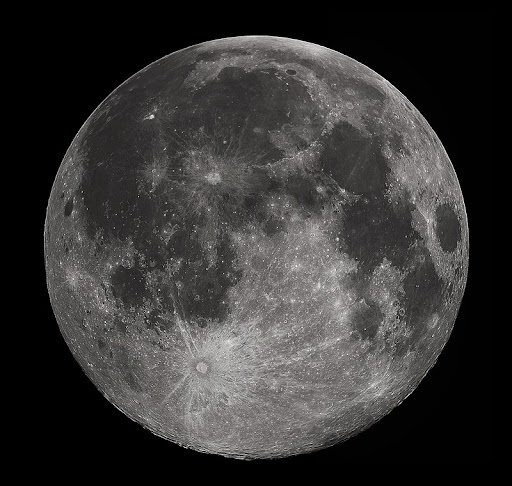
The biggest natural satellite is Ganymede which orbits Jupiter. The second largest is Titan from Saturn. In the third and fourth place are Callisto and Io which are both moons of Jupiter.
26. Enceladus, Saturn’s Moon, is the most reflective body in the solar system.

Enceladus has an icy shell that reflects about 100% of the light that reaches it. It does not absorb much sunlight which makes it a very cold world with temperatures around -201 °C (-330 °F).
This icy world spurts water jets which are thought to be from its internal global ocean. This moon is one of the strongest candidates for life outside Earth.
27. The moons of Uranus were named after characters created by Alexander Pope and William Shakespeare.

Uranus has 27 known moons. Some of its most notable moons are Oberon, Titania, Miranda, Ariel, and Umbriel.
28. There are more stars in the universe than all the grains of sand on Earth.

If we combined all the sand on the beaches and deserts in the world, there would still be 10 times more stars in the universe. It is estimated that there are 70 sextillion stars out there. This figure translates to 70 followed by 22 zeros or 70,000,000,000,000,000,000,000 stars!
29. The Sun will engulf Earth 5 billion years from now.

The Sun is still a main-sequence star now. It generates energy by turning hydrogen into helium. As it turns into a red giant, it would become bigger and brighter. When our Sun reaches this stage, its expansion would likely reach the orbit of the red planet Mars.
Though the Sun is not yet a red giant, it is still much bigger than the Earth. In fact, about one million Earths can fit inside the Sun.
30. When you look at a star, what you actually see is how it was in the past.

Light takes time to reach Earth. For instance, sunlight takes about 8.5 minutes to reach the Earth’s surface. The bright star, Sirius, for example, is roughly 8.6 light-years away. That means when you see it in the sky tonight, you are actually seeing Sirius the way it was 8.6 years ago!
31. Massive stars end their lives through supernova explosions.
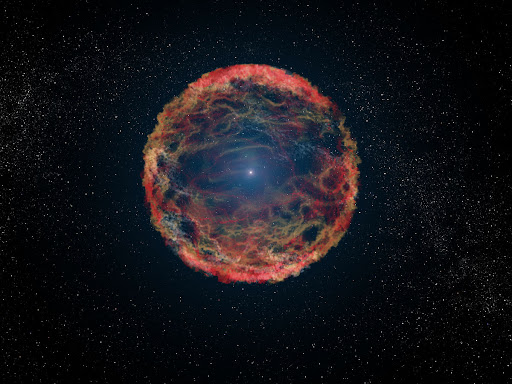
In the last stages of their stellar lives, stars that are more than 5 times more massive than the Sun would explode into supernovae. Supernova explosions are caused by either a star collapsing into itself or a white dwarf in a binary system. Some of these big blasts leave black holes too.
32. Galaxies are either elliptical, spiral, or irregular.
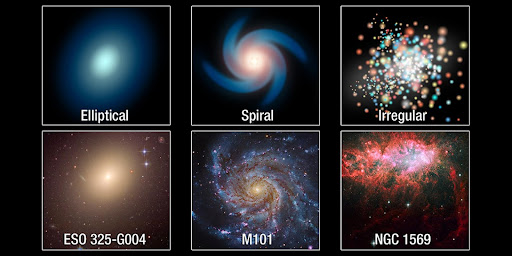
Galaxy types are usually classified based on their appearance. Our own Milky Way, for example, is a spiral galaxy. As more galaxies are discovered, we have also learned that they come in all shapes. Aside from the main types, there are also lenticular galaxies and weird-looking peculiar galaxies.
33. There are 2,000,000,000,000 galaxies in the observable universe.
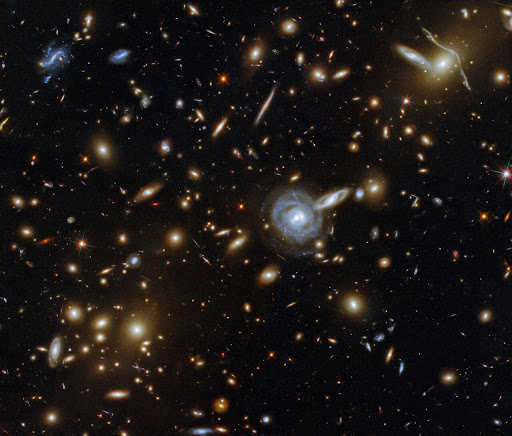
The universe is so big that we would not be able to see its entirety. The only region of space visible to us is called the observable universe. Still, estimates show that there are roughly two trillion or two million million galaxies in the observable universe alone.
34. Most galaxies have a central black hole.
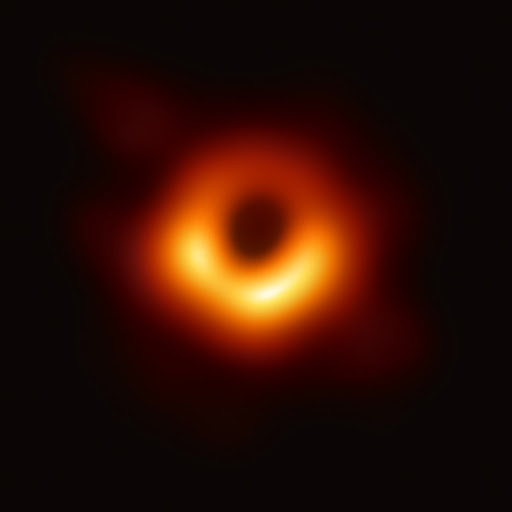
While the nature of black holes is still uncertain, scientists have found out that they are usually around 1/1000th as massive as their home galaxy. The central black hole of the Milky Way, for example, is 4.6 million times the Sun’s mass.
35. All planets in the solar system have been visited by uncrewed spacecraft.

Venus was the first planet to be visited by a spacecraft in 1962. It was also the first where probes have landed. Even the outer planets have had visitors, like the Cassini spacecraft which orbited Saturn for 13 years.
36. Voyager 1 and 2 have been operating for more than 40 years.

The Voyagers launched in 1977 and are still sending back data to Earth. Voyager 1 entered interstellar space in 2012 and Voyage 2 also reached this region in 2018. These are the farthest and the only spacecraft that have left the heliopause.
37. The boundary of the solar system ends in a spherical cloud known as the Oort cloud.

This is a hypothetical sphere composed of icy bodies that surround the solar system. It marks the limit of the Sun’s gravitational influence. This predicted region is believed to be around 2,000 to 100,000 astronomical units (AU) from the Sun.
Since the Oort cloud is so far from the Sun, it is often influenced by the tidal forces of the Milky Way galaxy and other passing stars. Because of the great distance, scientists have not yet seen any Oort Cloud object.
38. About 1.4 billion years ago, a day on Earth was just 18 hours 41 minutes long.

The Moon is moving away from Earth by around 3.78 centimeters (1.48 inches). This causes changes in the Moon’s tidal effects, which, in turn, slows down Earth’s rotation.
39. The International Space Station (ISS) is about as wide as a soccer field.

The ISS is the largest thing we have flown in space. From end to end, measures around 109 meters or 356 feet. Traveling at 27,700 km/h, it orbits Earth around every 1.5 hours.
40. It is possible to see the International Space Station from your backyard.

This is something that requires timing though. The ISS becomes visible from Earth when it reflects sunlight. However, during the day, it can easily get lost in the Sun’s glare. The best time to see it, even with the naked eye, is before sunrise and after sunset.
41. Mars has a reddish sky but bluish twilights.

Mars is known as the red planet because it is rich in iron. This iron reacts with the elements and rusts, making it red all around. The same fine dust particles scatter light differently when the Sun is close to the horizon.
42. Astronauts grow taller in space.

Astronauts can grow about 5 centimeters (2 inches) during their stay in space. The reason for this is the lack of gravity which expands the disks of their spines, making them taller. This was proven when astronaut Scott Kelly spent 340 days in space. And when he returned to Earth, he became taller than his twin brother.
43. The closest star system to us, Proxima Centauri, is 4.25 light-years away.

Proxima Centauri is also called Alpha Centauri C. It is part of the Alpha Centauri triple star system. Alpha Centauri A and B form a binary, slightly farther at 4.35 light-years from Earth. Proxima Centauri is host to several exoplanets, like Proxima Centauri b which may have the potential to host life.
44. A rose was brought to space in 1998.

The company International Flavors & Fragrances (IFF) wanted to know if bringing a rose into space would yield new scents. The rose was aboard the Discovery space shuttle. When it came back to Earth, it was sampled and used to produce perfume.
45. There are more than 4,000 known exoplanets, and counting.

“Exoplanets” is short for extrasolar planets. These are planets that are outside the solar system. They come in different sizes and compositions. Extragalactic planets, on the other hand, are planets outside the Milky Way.
46. Other planets, and even a moon, have auroras too.

The colorful light shows of auroras happen when solar particles collide with the atmosphere. This event has also been observed on Jupiter, Saturn, Uranus, and Neptune. The largest moon, Ganymede, also has auroral displays.
47. Shooting stars are space debris that burn up when they enter Earth’s atmosphere.

There are lots of space debris in space called meteoroids. These are usually chunks of comets and asteroids. Sometimes, the Earth passes them in its orbit. These objects burn up in our atmosphere looking like shooting stars.
48. We often see astronauts in white spacesuits, but there are orange spacesuits too.

The color of spacesuits depends on the astronauts’ activity. White suits are for Extravehicular Activity (EVA) when they spacewalk. This color helps reflect the Sun’s heat.
The orange Advanced Crew Escape Suits (ACES) are used when astronauts take off or re-enter Earth. The color makes it easier for them to be seen anywhere, especially at sea.
49. As of 2021, more than 600 people have been in space.

Cosmonaut Yuri Gagarin was the first man in space on April 12, 1961. American astronaut Alan Shepard followed about a month later on May 5, 1961. Space exploration has skyrocketed from there. In the future, with the booming space tourism, more people will have the opportunity to experience space travel.
50. The outer space is very cold with a temperature of around -454.75 °F (-270.42 °C).

Space is indeed a very cold place. This is close to absolute zero or −459.67 °F (−273.15 °C) which is the lowest temperature ever possible.